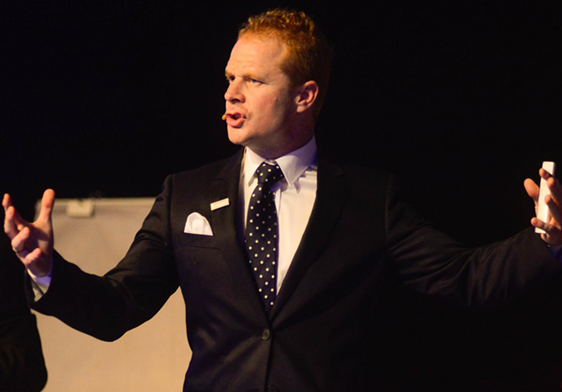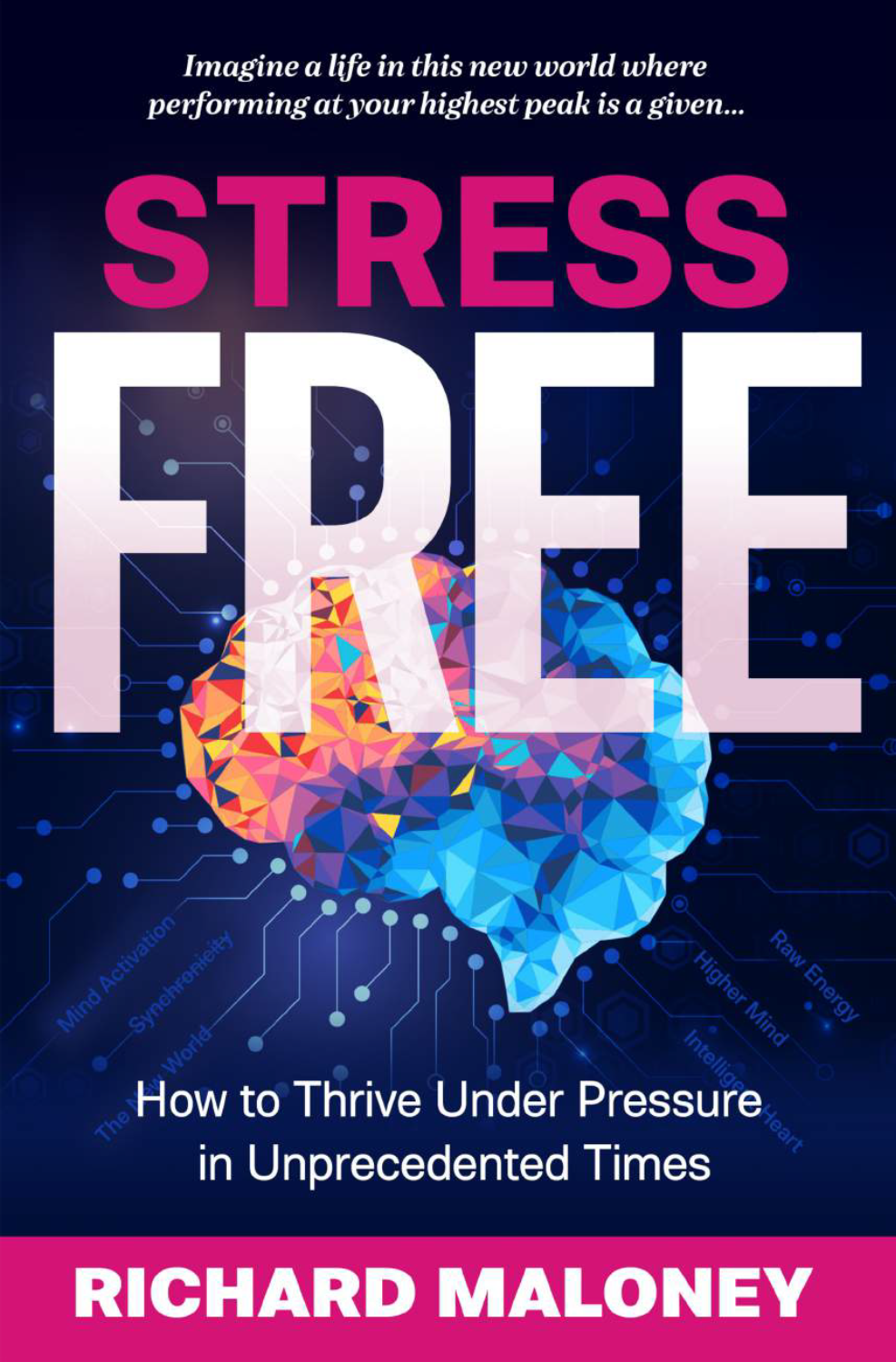At a glance:
- Boundaries are basic guidelines created to establish a behavioural pattern of how you wish others to behave around you. Having boundaries in a constructive relationship is good, but the aim is to have healthy boundaries.
- Finding the best life coach in Australia to help you understand positive boundaries and their impact on fulfilling lives.
Ever found yourself saying yes to things because you didn’t want to ruffle any feathers? Or realise that you were acting passive-aggressive with a friend or a partner who didn’t meet your expectation of going out on the usual Friday night dinner.
Both the above scenarios are two sides of the same coin. One is the absence of your boundary, and the other is a breach of someone else’s boundary.
‘Boundaries are beautiful’ is a school of thought that has gained momentum in recent times, although its wisdom is fairly old. In modern psychology, the presence of boundaries has been established as one of the prerequisites to a well-functioning relationship both in the personal as well as professional context.
Boundaries define what is appropriate at any given time in a relationship for both parties. Boundaries are subjective, but in some cases where ethical or safety issues are concerned, some common guidelines on healthy boundaries are practised. For e.g. in a relationship that involves a therapist or a life coach, the presence of boundaries is an ethical foundation for any fruitful or lasting change to happen.
The act of setting boundaries does not just happen within the context of relationships. You can also set boundaries with respect to your time, your routine as well as your creative pursuits.
In this blog post, let’s take a look at the various aspects of boundary setting and how toxic positivity can prevent us from living an authentic life that honours these boundaries.
What are boundaries, and why are they important in relationships
Boundaries are limits that you place on and around yourself to prevent any sort of manipulation, violation or misconduct in your life and within relationships. They define you and outline to others what you like or dislike. Boundaries are like blueprints to having a relationship that lasts and is healthy. Boundaries do not operate in a void.
Come to think of it, most fights, disagreements and heartbreaks are, in one way or another, a breach of someone’s boundary or a person’s incapacity to communicate and enforce their own boundaries.
As per Dr Tracy Hutchinson, a consulting psychotherapist, setting boundaries is a great way to ensure that relationships continue being mutually respectful, appropriate, and caring.
To make things clear, take a look at some of the scenarios below and try to see if they call for better boundary setting :
- A husband constantly running into a debt trap because he keeps using his wife’s credit card.
- A person saying yes to extra shifts despite getting no extra compensation for the same in order to please the boss.
- A mother calls her daughter a dozen times a day at her workplace, citing that she misses her too much.
- A son guilt-tripping his father to invest in his new business because he is his son.
- A client asks a professional to provide free services because they are not sure if the services will be satisfactory.
All the examples call for some boundary setting.
Understanding healthy boundaries
The first step to setting boundaries is to identify your needs. As easy as it may sound, most of us confuse needs with wants. The majority of people aren’t even sure what they need when those needs are not being met and the implications of these unmet needs in their lives.
So the work begins internally. There are various ways in which you can identify your needs. Some of them are as follows :
Pay attention to your emotions:
Your emotions can provide important clues about your needs. If you are feeling anxious, stressed, or unhappy, it may be a sign that one or more of your needs are not being met.
Reflect on your values:
Your values are the principles and beliefs that are most important to you. Chances are that any feelings of resentment, anxiety, or anger are a result of a breach of your core values. Reflecting on your values can help you identify the needs that are most important to you.
Observe your behaviour:
Your behaviour can also provide clues about your needs. For example, if you find yourself frequently procrastinating, it may be a sign that you need more structure or motivation in your life. It may also be a sign that your work is failing to challenge and ignite you in creative ways.
Ask yourself what you want:
Sometimes, the most direct way to identify your needs is simply to ask yourself what you want or need in a given situation. This might involve taking time to reflect on what would make you feel happier, more fulfilled, or more at ease. Daily journaling of these thoughts can be a great way to document and go back to when you feel confused as to what you need.
Listen to your body:
One of the most underrated pieces of advice out there, but highly beneficial. Pay attention to what your body is trying to tell you. Is it tired? Do you feel like you squirm every time you are asked to go to a club? Do you feel pain in specific areas when in certain situations or in the company of certain people? Our bodies are genius machines at work and have a great way of communicating our needs to us.
Honour, articulate and act on your needs
Once you’ve identified your needs, just hoping that they’ll be met will get you nowhere. A critical element of setting effective boundaries is being able to communicate the same to other people, unequivocally. But before you go about asking other people to meet your needs, you have to own them, understand them and be able to articulate them. So take a step and first validate your needs.
We have a bad habit of dishonouring our core values and needs, and our psyche has a way of getting back to us with a vengeance. The mindset that you can simply force yourself to do something and live up to expectations will ultimately harm you in the long run.
Over time you may start experiencing anger, resentment and anxiety more often, and these negative emotions can even manifest themselves as physical illnesses. By validating our needs and prioritising our emotional well-being, we can cultivate a sense of self-awareness and emotional resilience.
To act effectively on your newly established boundaries, make sure you introduce slow and steady changes to your routine, your response and even the expectations people have from you. But remember that this is not a one-time affair. You’ll need to be consistent and steady. You’ll also need to be patient with others and reinforce your boundaries whenever someone fails to understand. That brings me to another aspect of setting and enforcing boundaries- learning to say ‘No’.
Learn to say no
One of the reasons most people fail to practice healthy boundaries is their inability to say ‘no’. It’s natural to fear that you may not be liked or received well if you don’t ‘play along’. But this tendency may cause you more harm than good, leading you to feel a loss of autonomy and empowerment in your life.
But the key to doing this well is to introduce an element of respect and politeness. This may look different in different situations and within different contexts, but just to elucidate the extent of this, here are a few examples:
- Choosing not to respond to work emails on weekends and evenings
- Choosing to opt out of physical relationships that lack emotional intimacy and connection.
- Saying no more often, especially to those you don’t want to offend. Like your boss or your mom.
- Communicating your fears and apprehensions about your partner’s unhealthy eating habits rather than waiting to lash at him when he eats out.
- Saying no to a group activity like drinking or playing poker, even if that means you won’t be able to spend the afternoon with your old friends.
- Saying no to a probing line of questioning from your parents if that makes you feel uncomfortable or unsafe.
How to set boundaries in different types of relationships?
Setting healthy boundaries is important in all types of relationships. They ensure that expectations are managed, disappointments and violations are avoided, and there exists a pervading sense of trust and harmony that propels a relationship towards longevity.
There are several techniques that can be used to establish and maintain them. Here are some tips on setting healthy boundaries in different types of relationships:
In romantic relationships:
- Communicate openly and honestly about your needs and expectations.
- Use “I” statements to express your feelings and avoid blaming or attacking language.
- Establish clear guidelines around personal space, time alone, and expectations for communication and quality time.
- Discuss and agree upon shared values and expectations for the relationship. A relationship coach can be especially helpful in facilitating these conversations for you.
- Be willing to compromise and negotiate in order to find a balance that works for both partners.
In family relationships:
- Establish boundaries around personal values and beliefs, expectations for support and communication, and respect for individual autonomy.
- Communicate openly and respectfully about family dynamics and issues. A family coach can help you do this in a safe space.
- Be clear about what you are and are not willing to do in terms of support and care.
- Practice active listening and seek to understand the perspectives of others.
- Be willing to establish clear consequences if boundaries are violated.
In friendships:
- Set boundaries around personal time, the types of activities and events you are comfortable attending, and expectations for communication and support.
- Be clear about your own needs and expectations while also respecting the needs of your friend.
- Practice active listening and seek to understand the perspectives of your friend.
- Be willing to say “no” when necessary, while also being willing to compromise and negotiate.
- Establish clear consequences if boundaries are violated.
In professional relationships:
- Be clear about your role and responsibilities, and establish boundaries around what you are and are not willing to do.
- Communicate openly and professionally with colleagues and supervisors.
- Establish clear guidelines around communication, deadlines, and expectations.
- Be willing to say “no” when necessary, while also being willing to negotiate and compromise.
- Establish clear consequences if boundaries are violated.
- Consider working with a business coach in Australia to facilitate communication and boundaries within teams and colleagues.
Understanding toxic positivity and its implications on well-being
It’s imperative to understand the obstacles to living with boundaries. These obstacles may not always be very imminent and can often be conceited in people and things that otherwise have a positive connotation. A family member constantly putting us down may say they just want to protect us from disappointment in life, which is a fantastic example of these traps that we encounter in relationships.
On that note, let’s address the concept of toxic positivity for two reasons :
- Toxic positivity or hyper positivity may become an impediment while you are trying to set and live by your boundaries.
- You need to be wary of toxic people as well. Because, unlike others who will respect and act as per your boundaries, some people will and can go to any extent to try and manipulate you, guilt you, and threaten you to not change.
Toxic positivity refers to the insistence on maintaining a positive attitude even when one is not feeling it, often at the expense of suppressing or completely ignoring any negative emotions that may need exploring or processing.
Toxic positivity refers to the belief that individuals should maintain a positive attitude at all times. It is the idea that any negativity or struggle must be avoided or suppressed and that a positive attitude is the solution to all problems.
While positivity can be helpful in promoting resilience and a sense of hope, toxic positivity can prove to be detrimental in a variety of ways:
- It creates pressure to suppress or deny negative emotions, leading to emotional suppression or denial.
- It also undermines the validity of real struggles and difficulties, leading individuals to feel ashamed or inadequate for experiencing negative emotions or situations.
- Toxic positivity is particularly harmful in situations such as grief, trauma, or chronic stress, where individuals may need to process difficult emotions and experiences in order to heal and recover.
- It can also create unrealistic expectations and pressure to maintain a facade of positivity, even when it is not genuinely felt.
How toxic positivity sabotages healthy boundaries
Toxic positivity can be seen both in personal and professional situations. Glorification of hustle culture and violating employees’ well-being and boundaries under the pretext of willingness to go above and beyond, are examples of how toxic positivity can sabotage your efforts to create boundaries in workplaces.
In the context of boundaries in relationships, toxic positivity can create unrealistic expectations for how you should behave and interact with others. For example, a partner may feel pressure to always be positive and avoid expressing negative emotions such as anger or frustration. This can create a dynamic where one partner feels like they cannot express their true feelings, leading to an imbalance in the relationship.
Toxic positivity can also prevent you from setting and enforcing healthy boundaries. When you feel like you should always be positive and avoid conflict, you may struggle to set boundaries that protect your emotional well-being. For example, a person may feel guilty for setting a boundary that requires their partner to change their behaviour, as this may be seen as negative or critical.
Toxic positivity can make it difficult for you to recognise when your boundaries are being violated. When you are always striving to be positive, you may overlook or minimise negative behaviour from others, even if that behaviour is harmful or abusive.
Final words
You deserve a life of balance and purpose. An essential part of creating that balance is mastering the art of setting boundaries and knowing how to protect your peace, your time and energy. For you to be able to show up as a compassionate and connected party in a relationship, you need to come from a place of having your cup filled. And having healthy boundaries is the first step to getting closer to that balance.
You don’t have to do this alone. Having a life coach by your side can help you. From validating your needs to addressing how to best communicate your boundaries, a life coach in Australia can help you work through it. Book yourself a free session today.

























